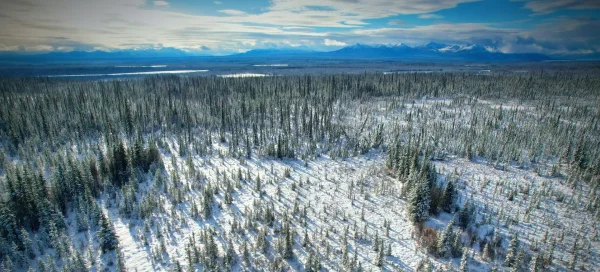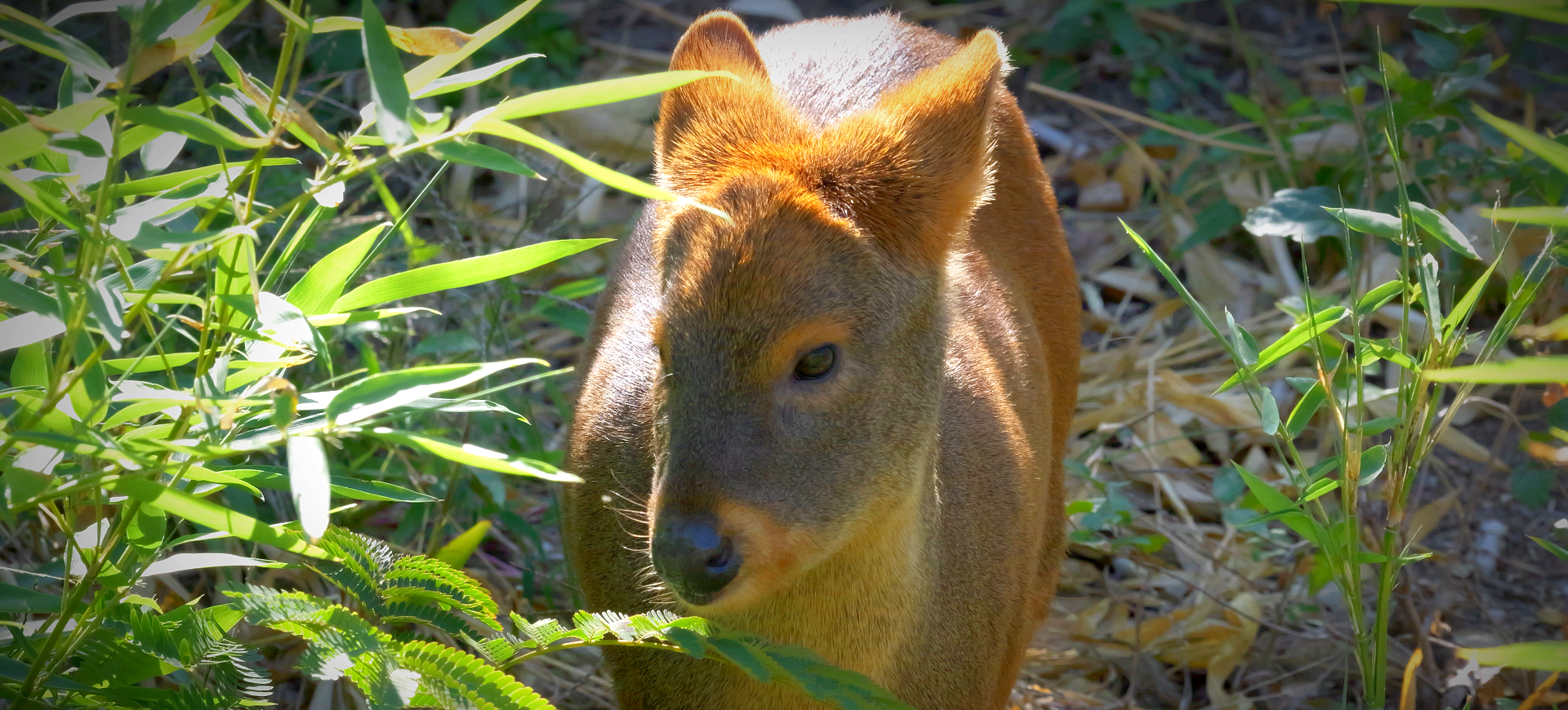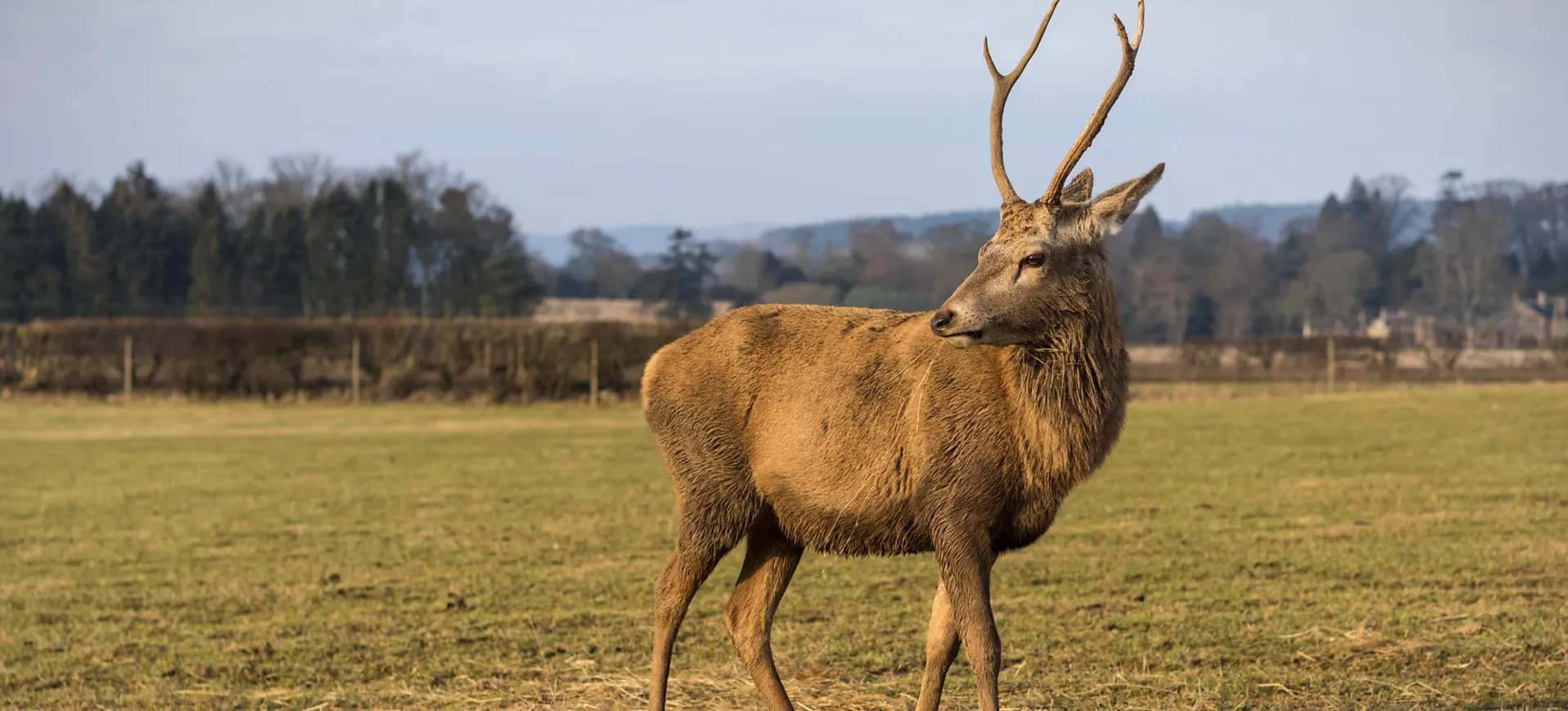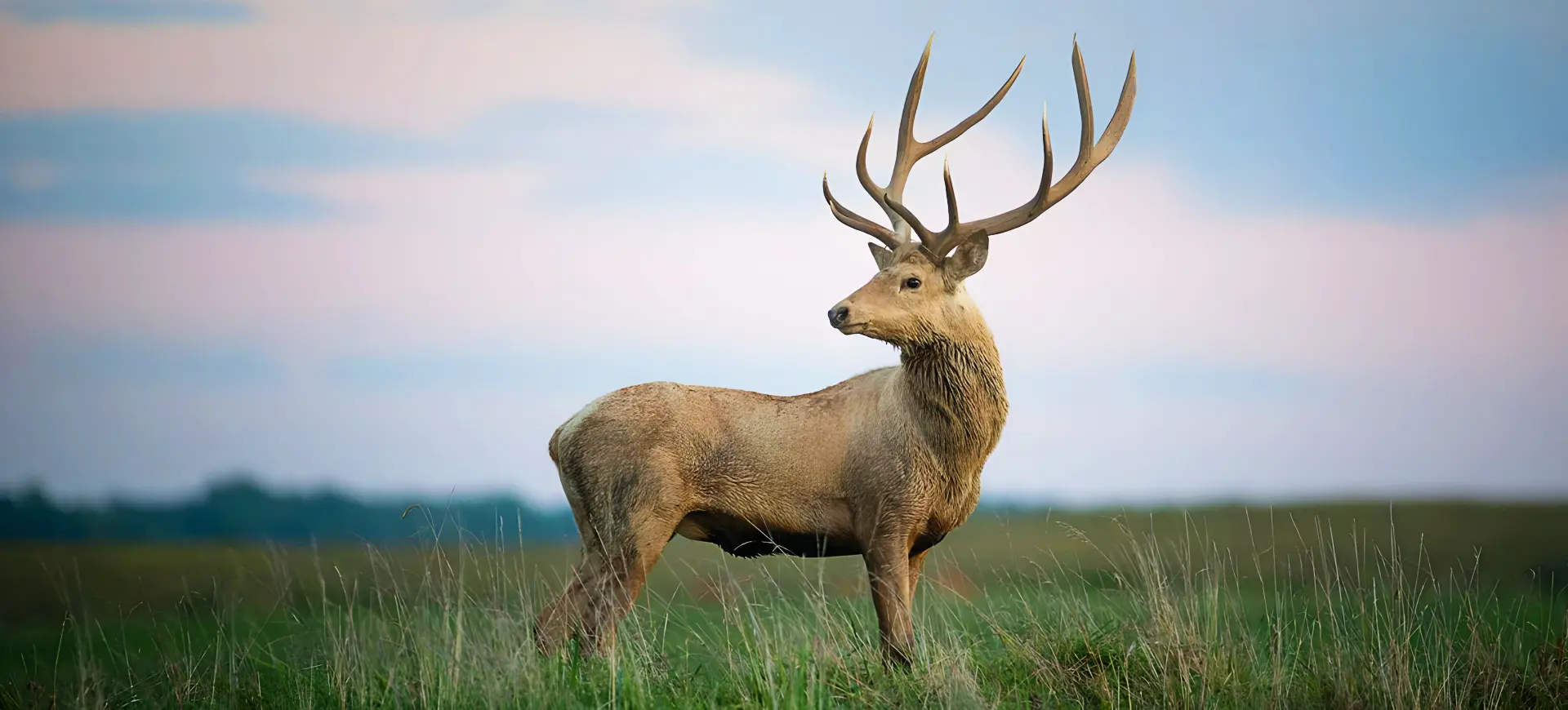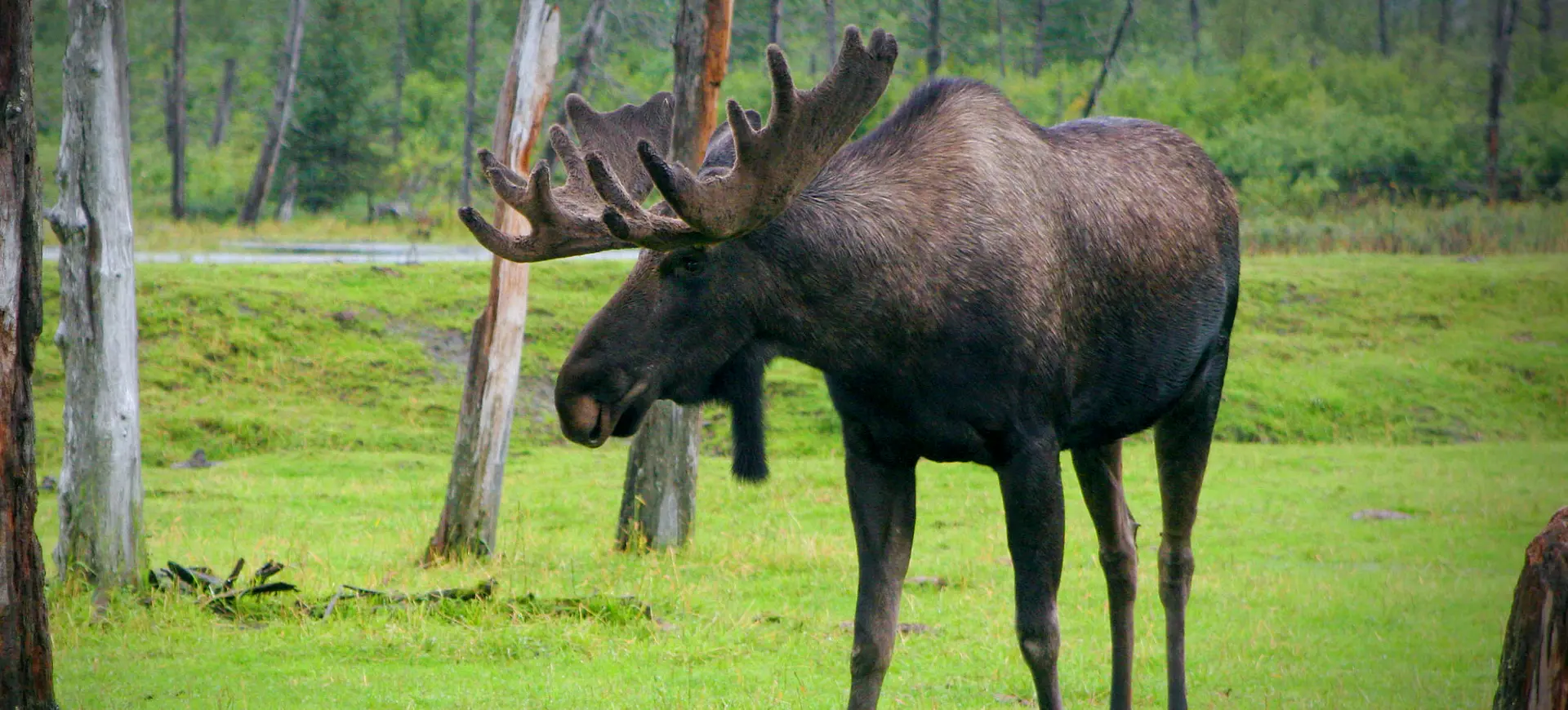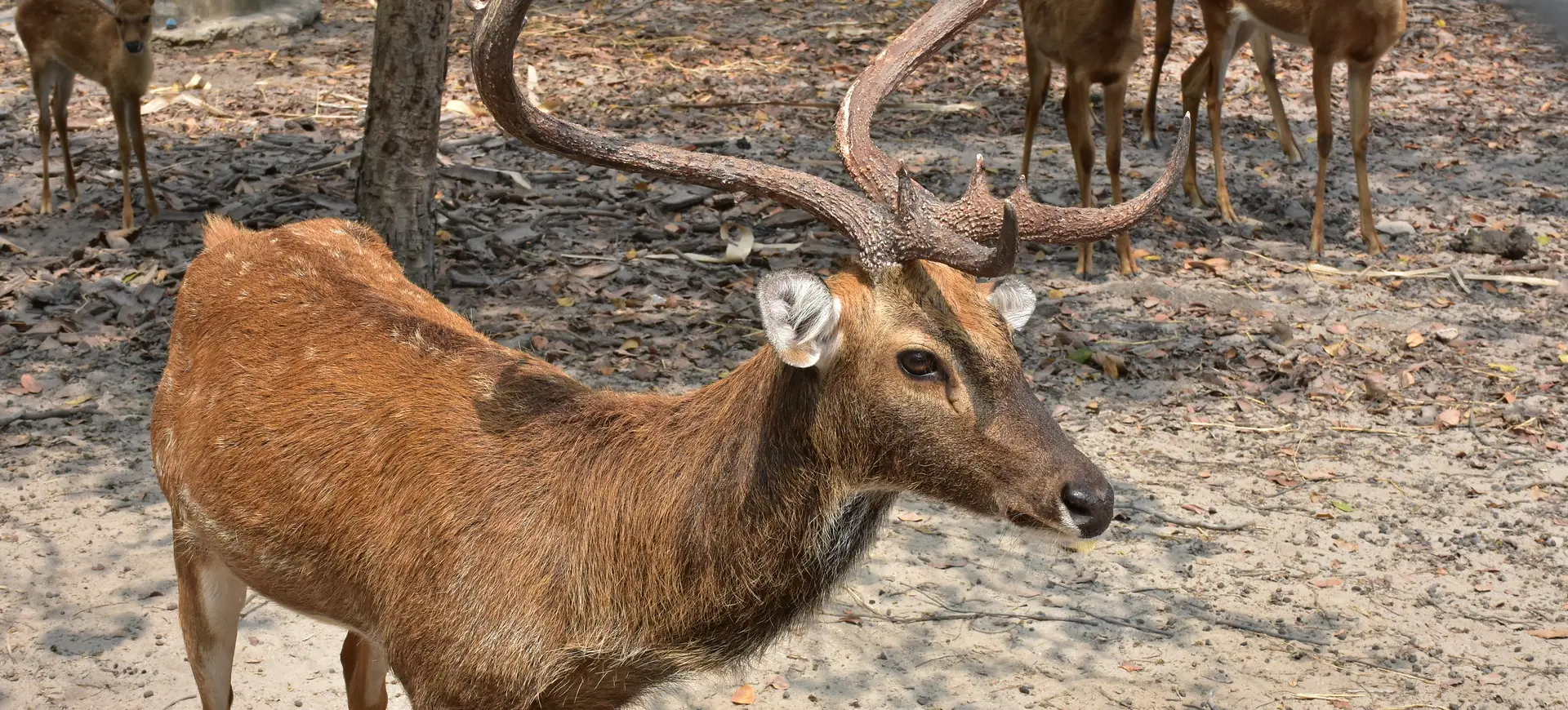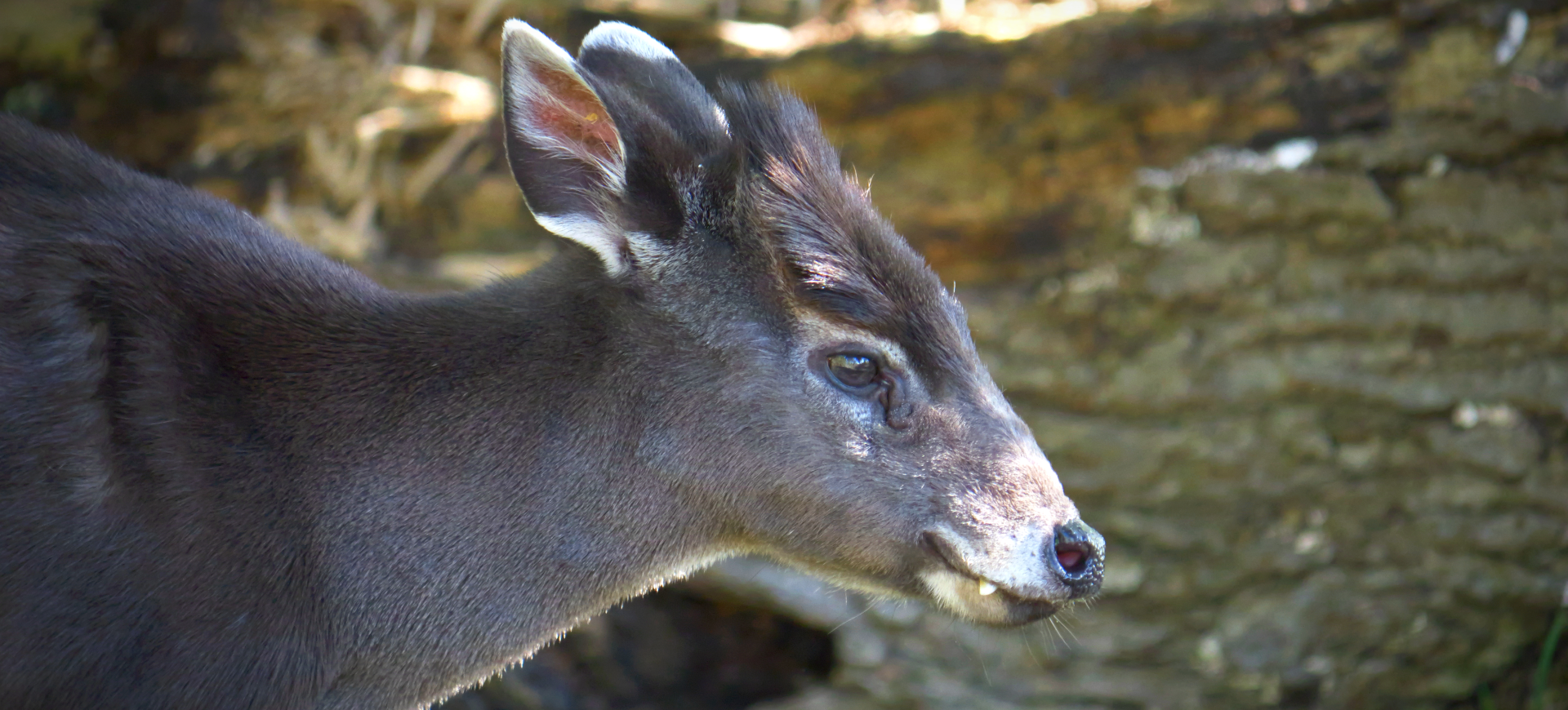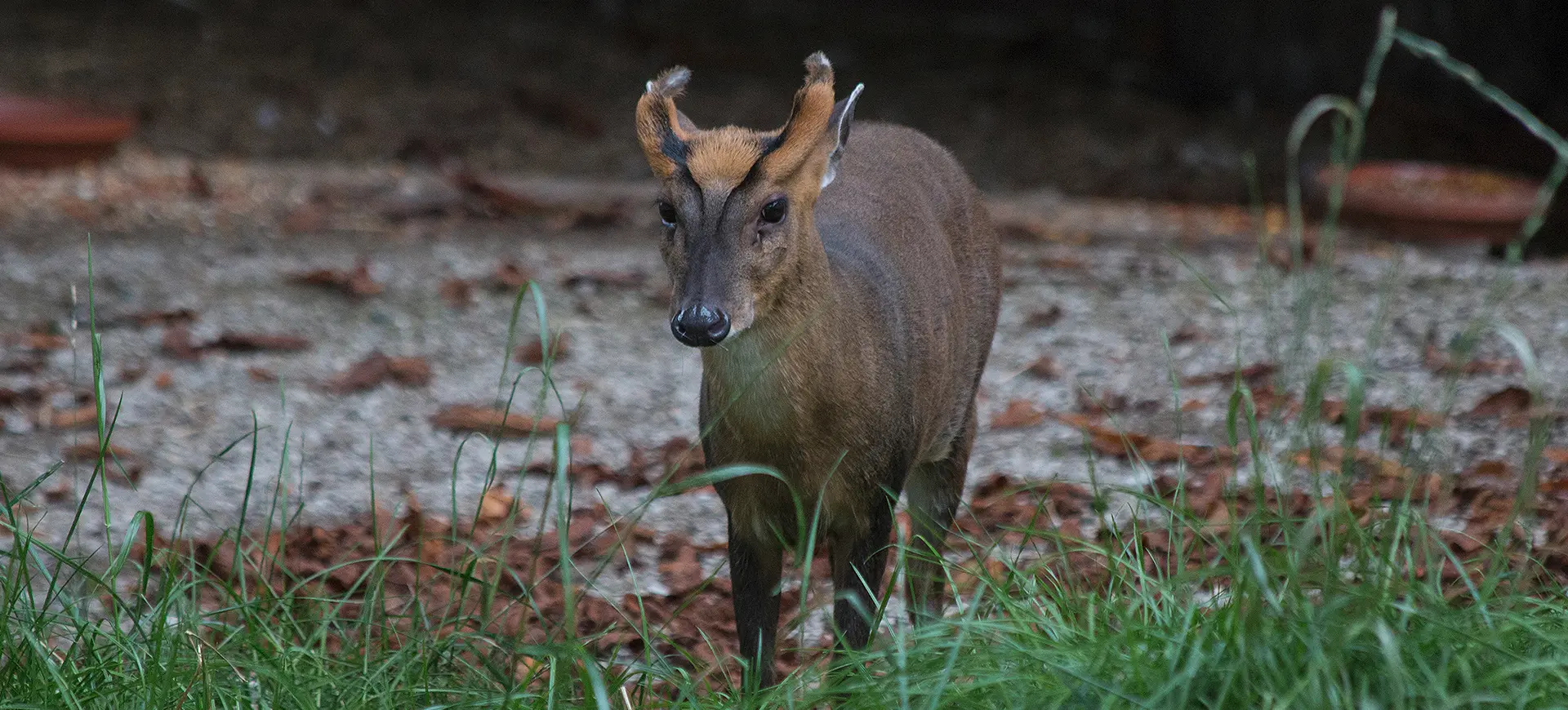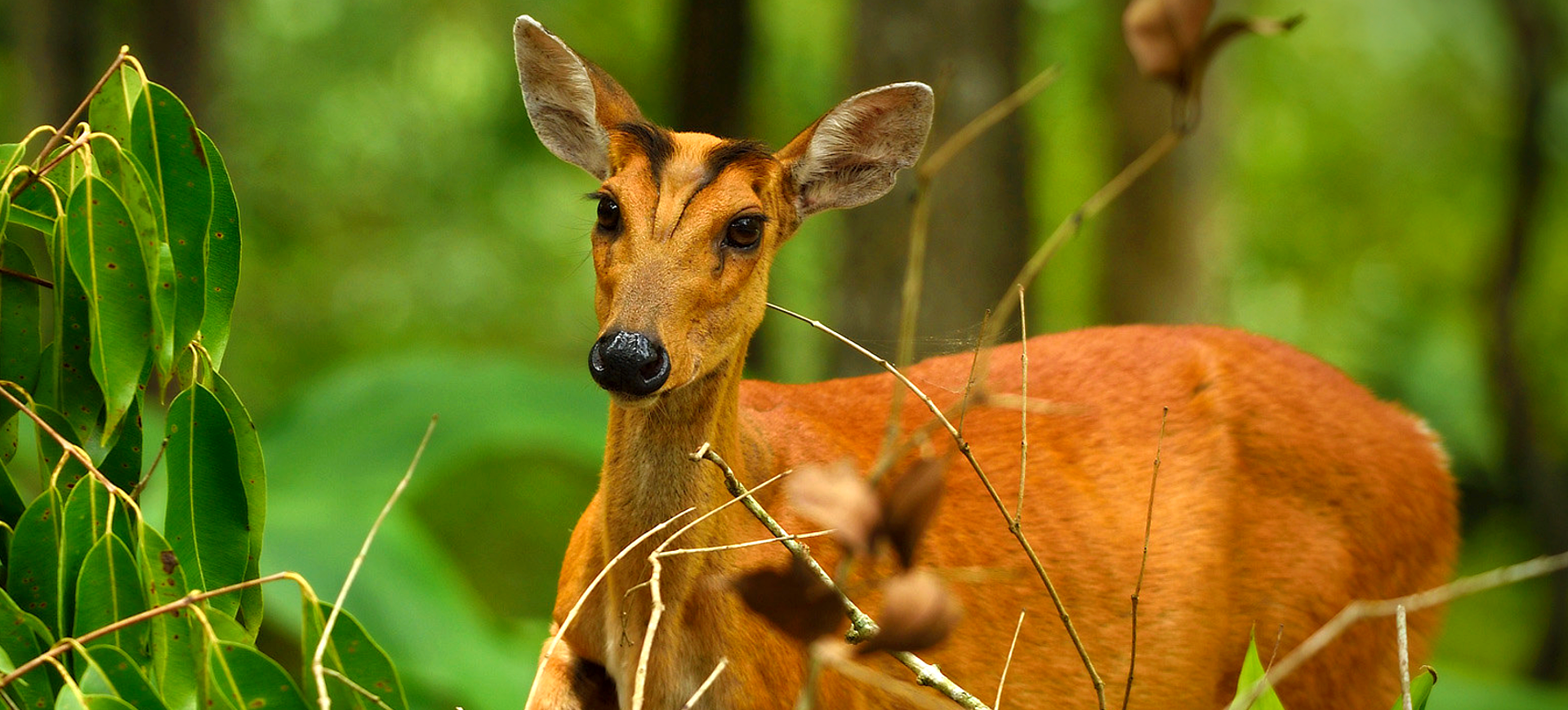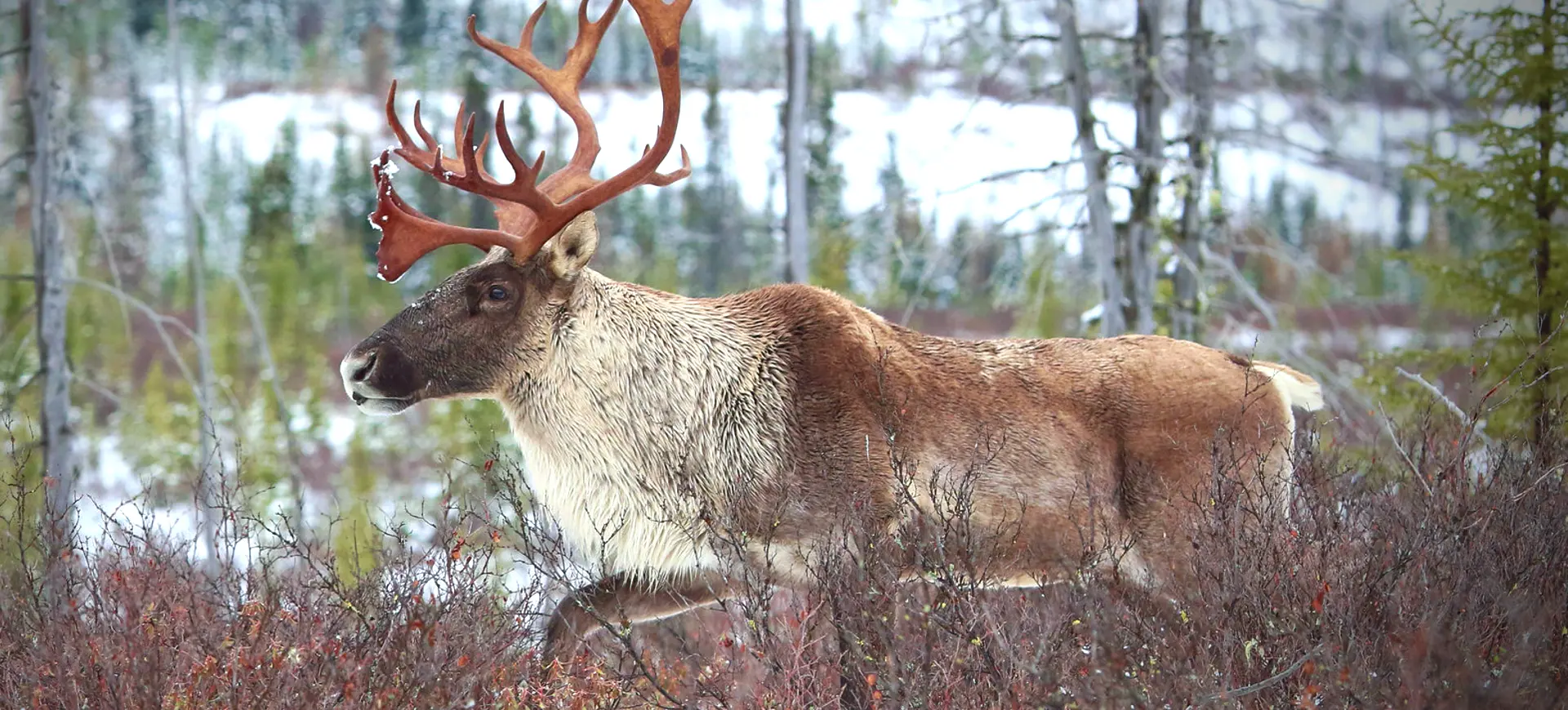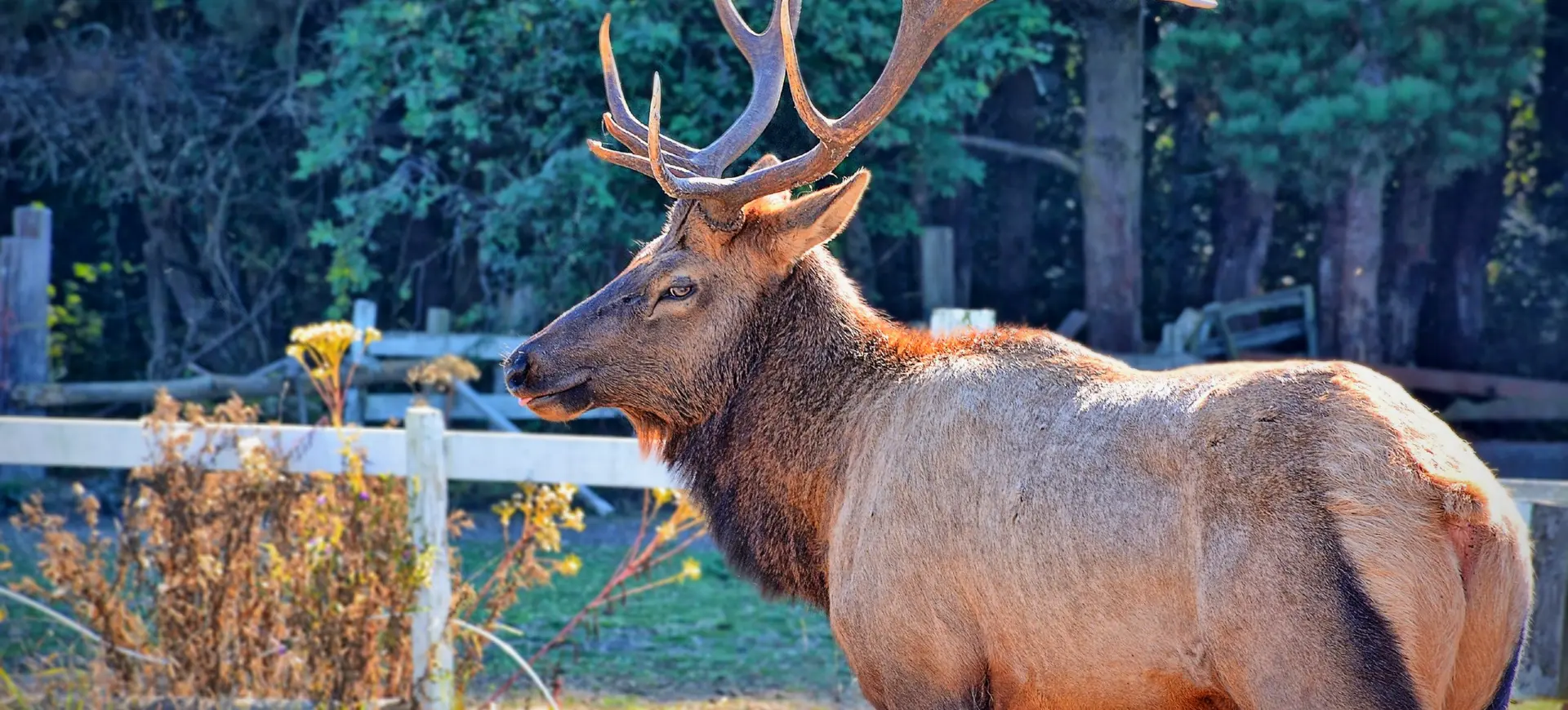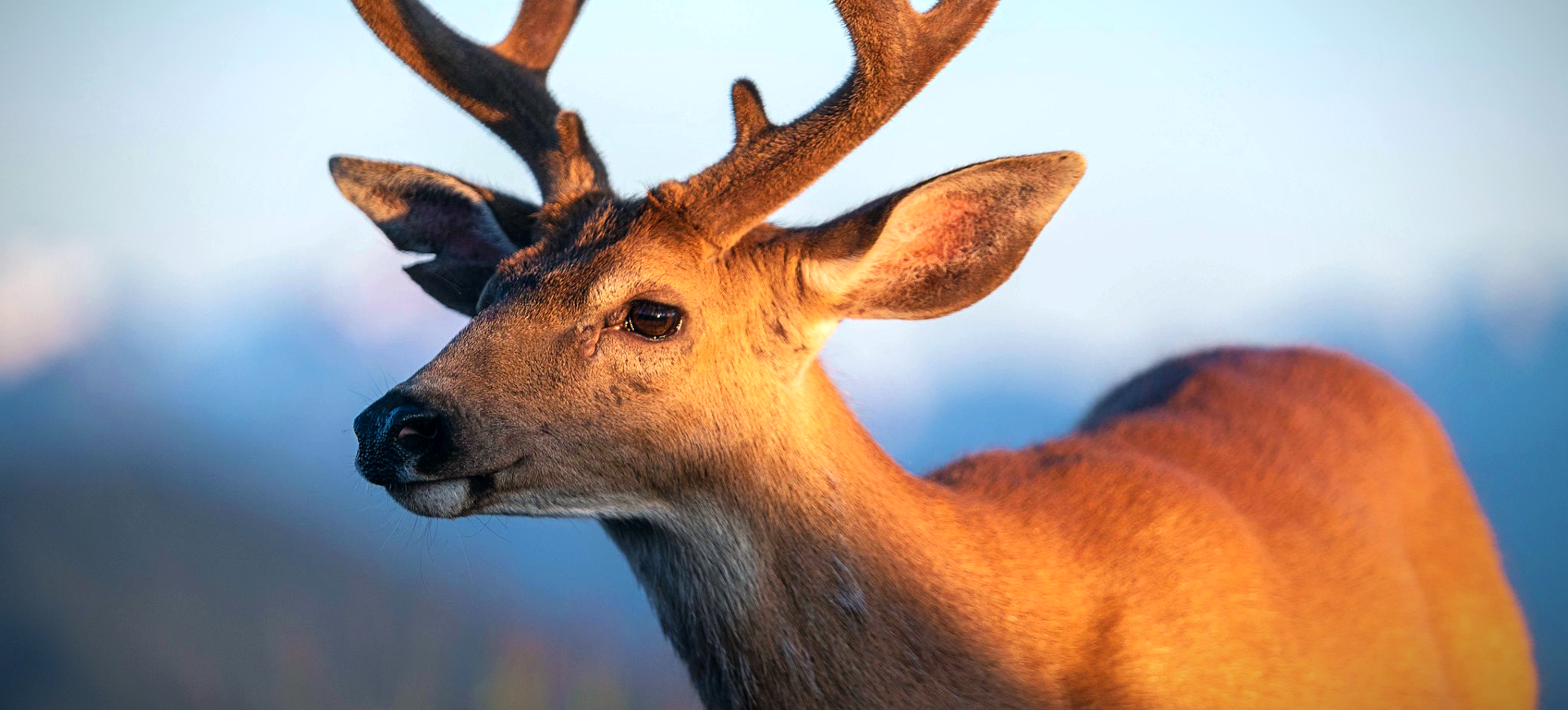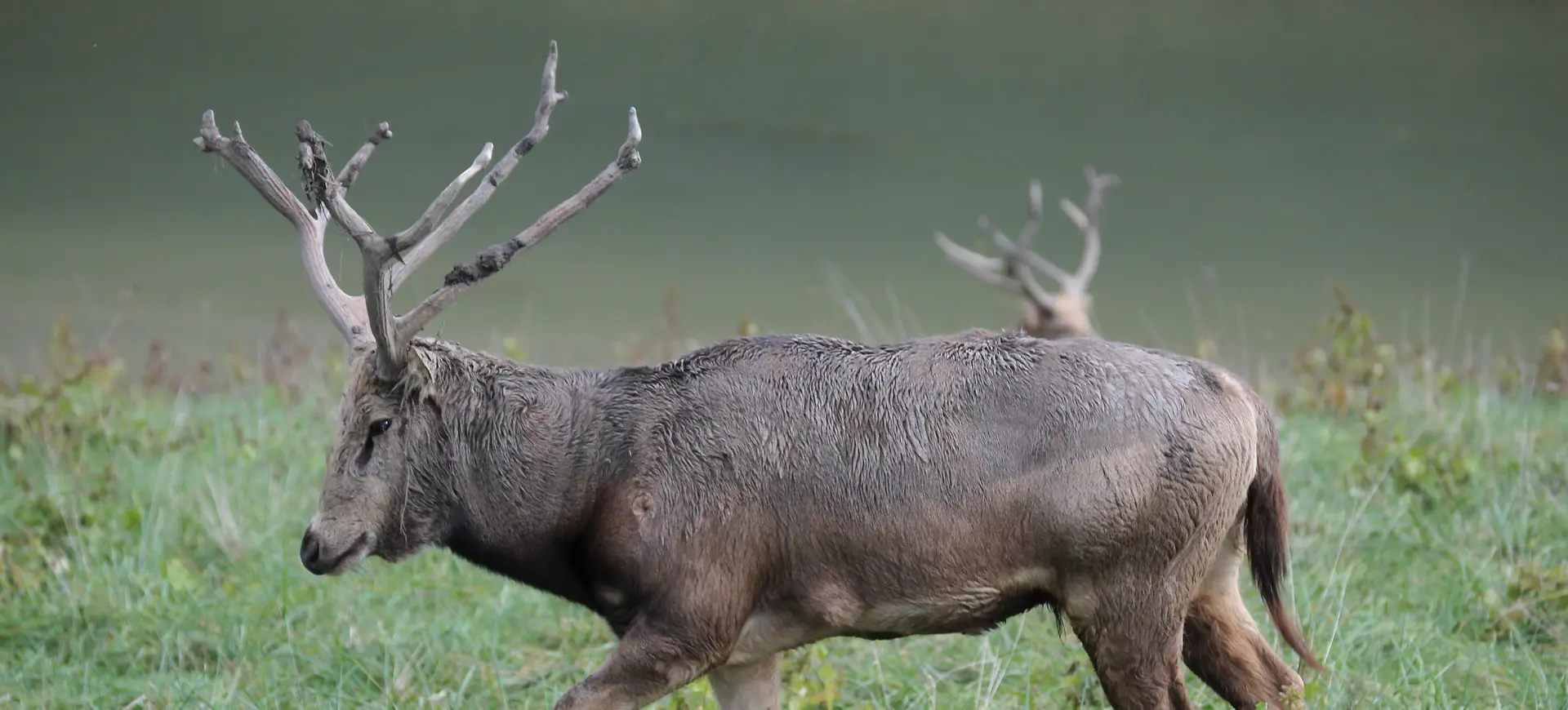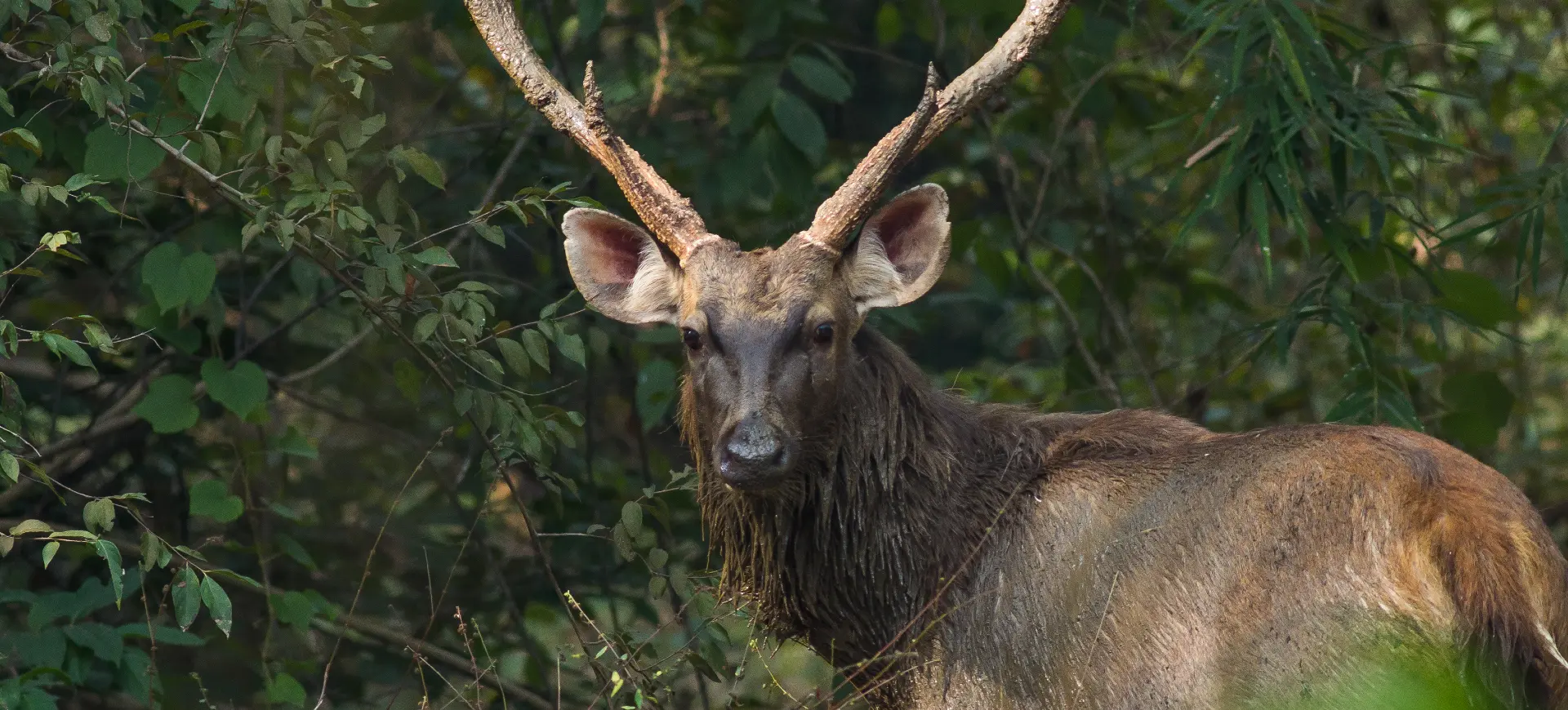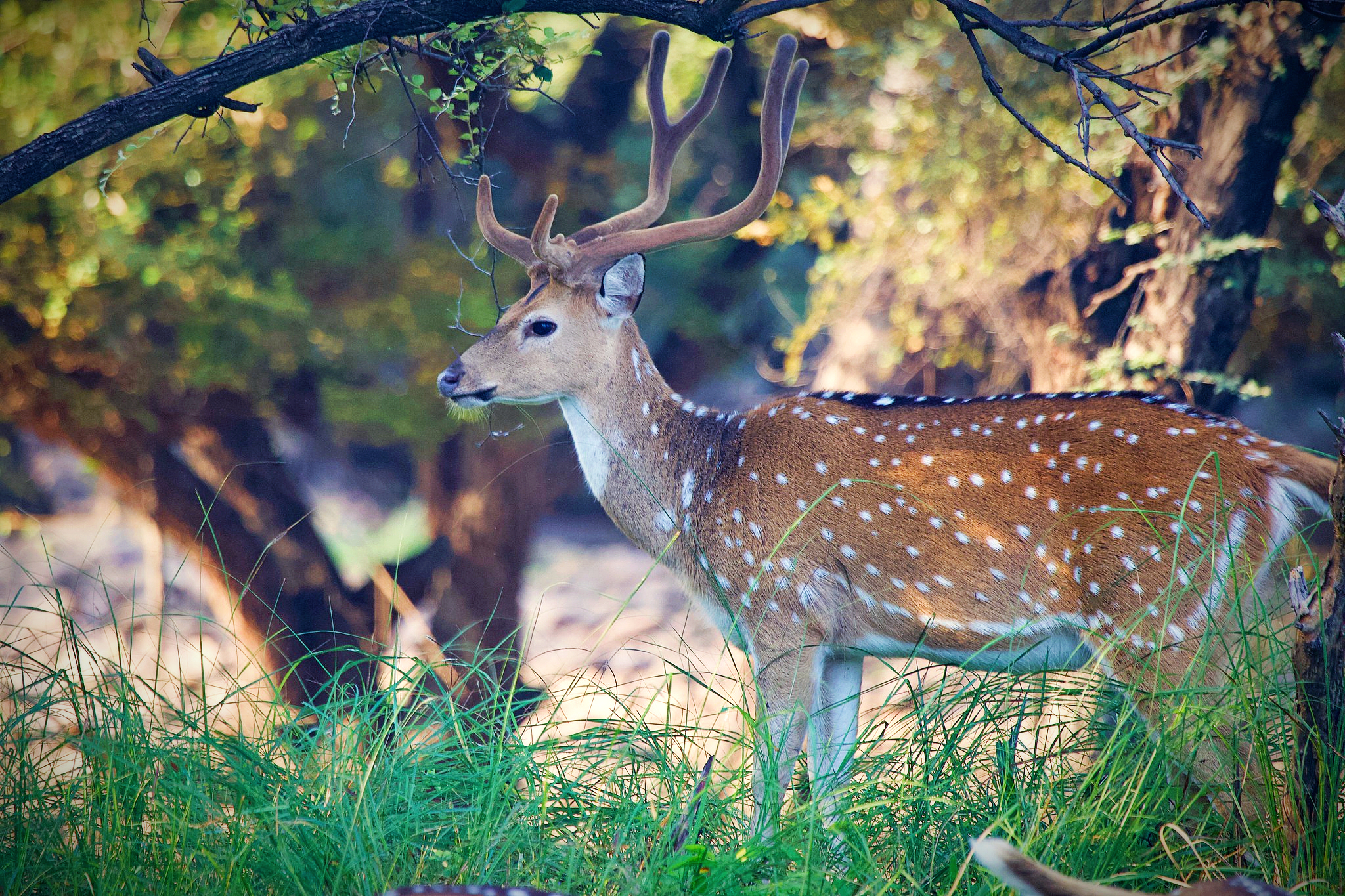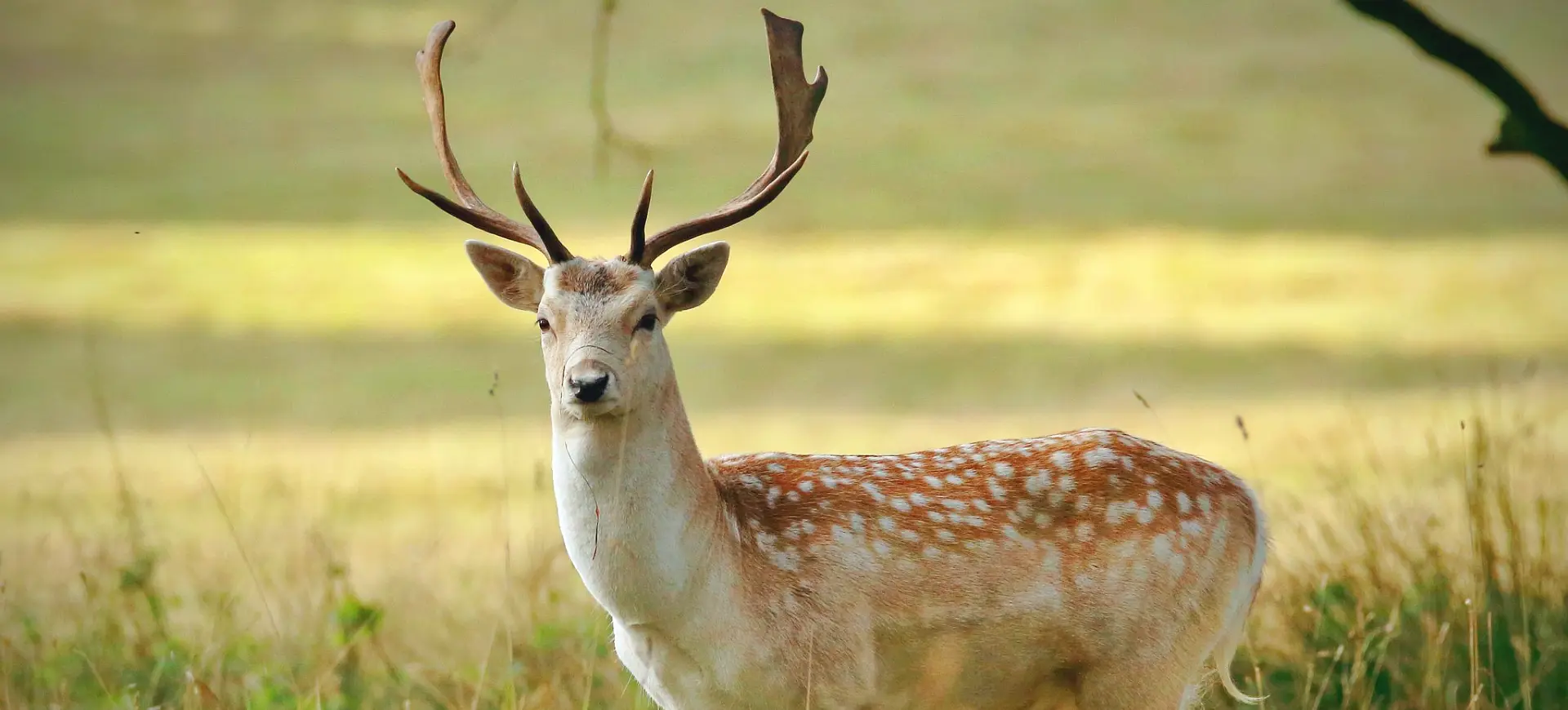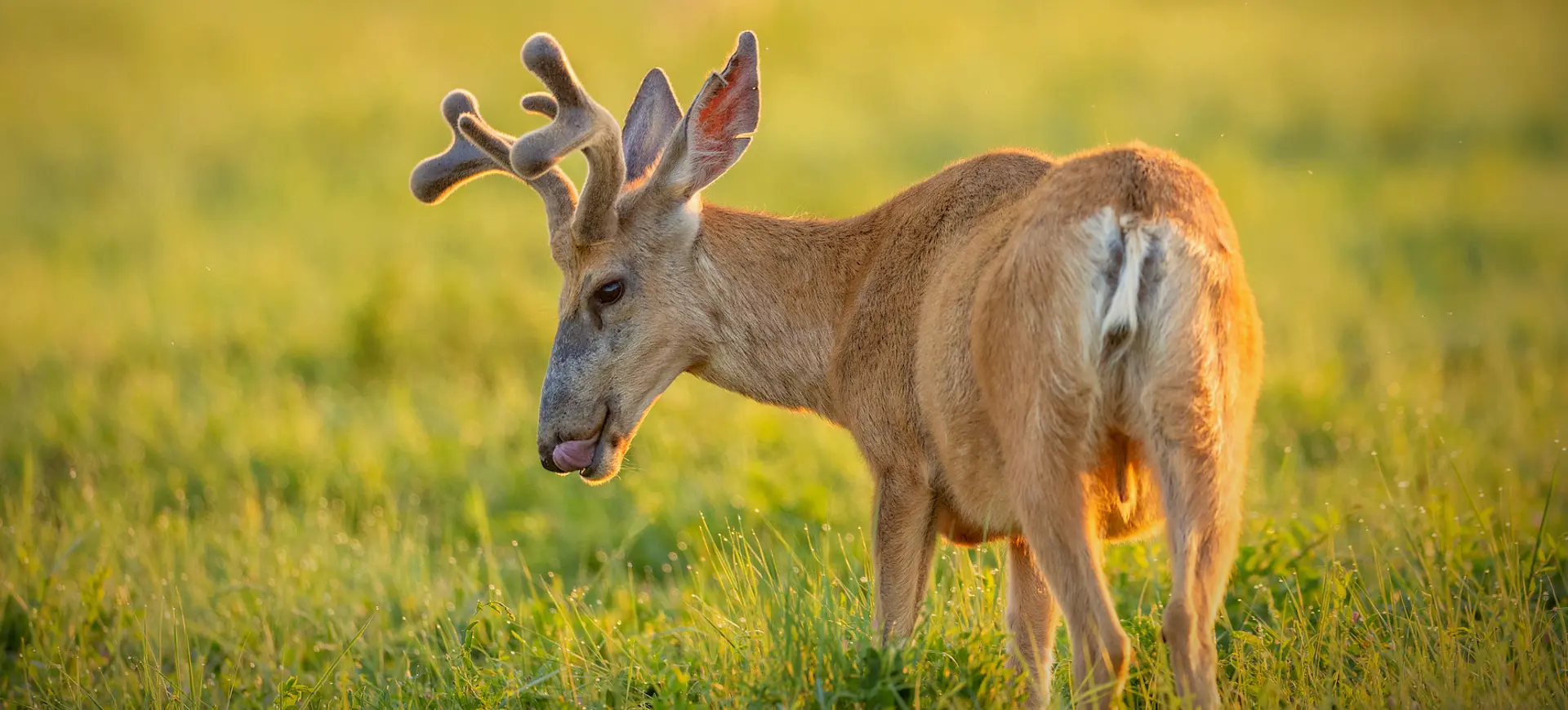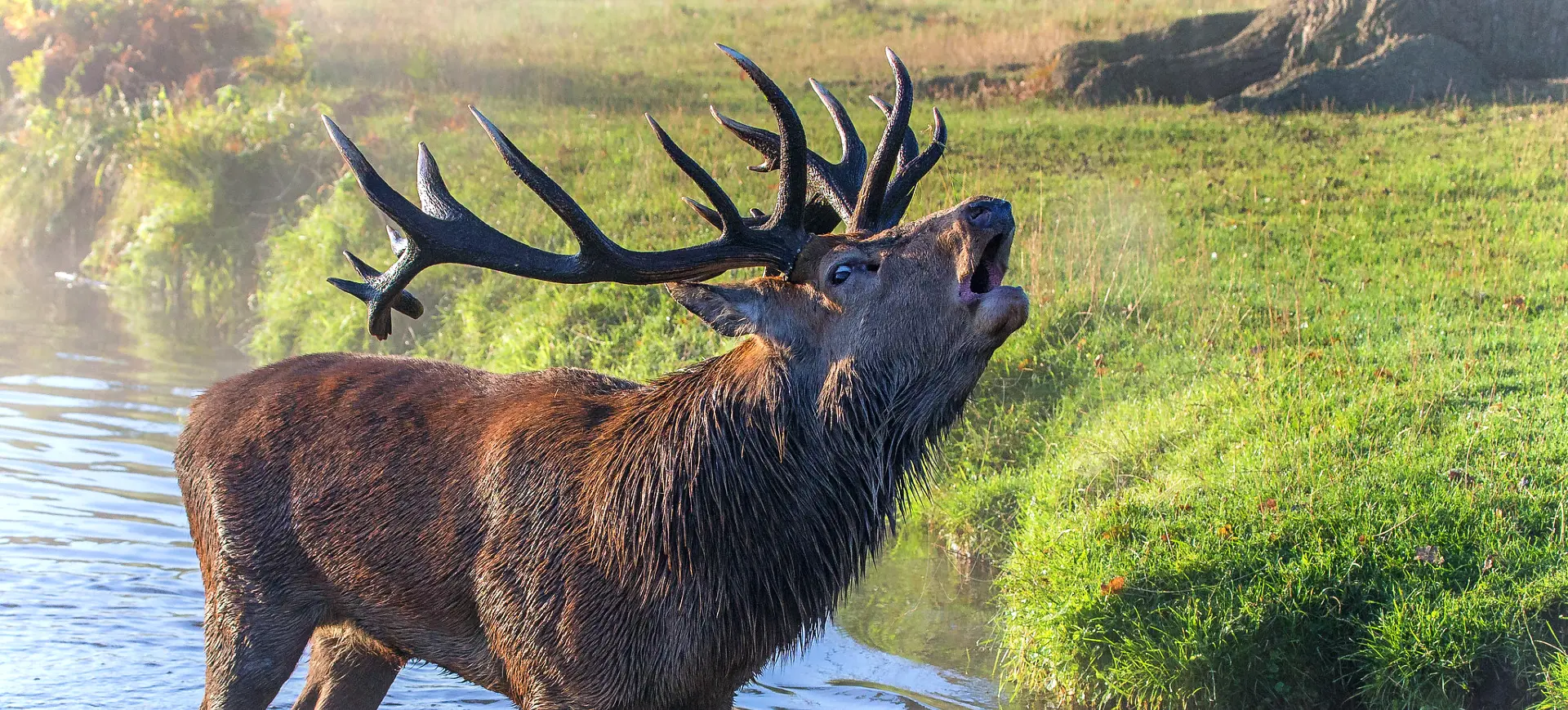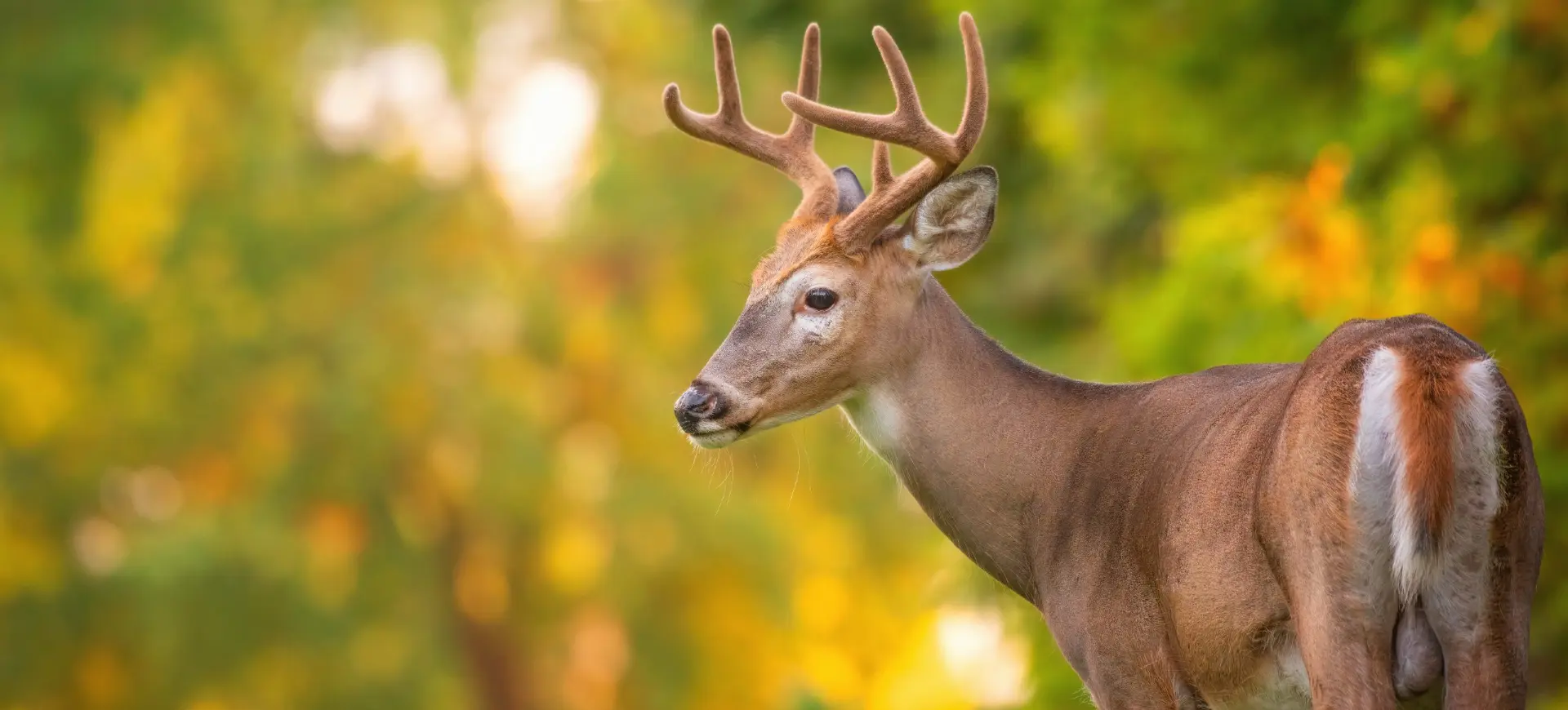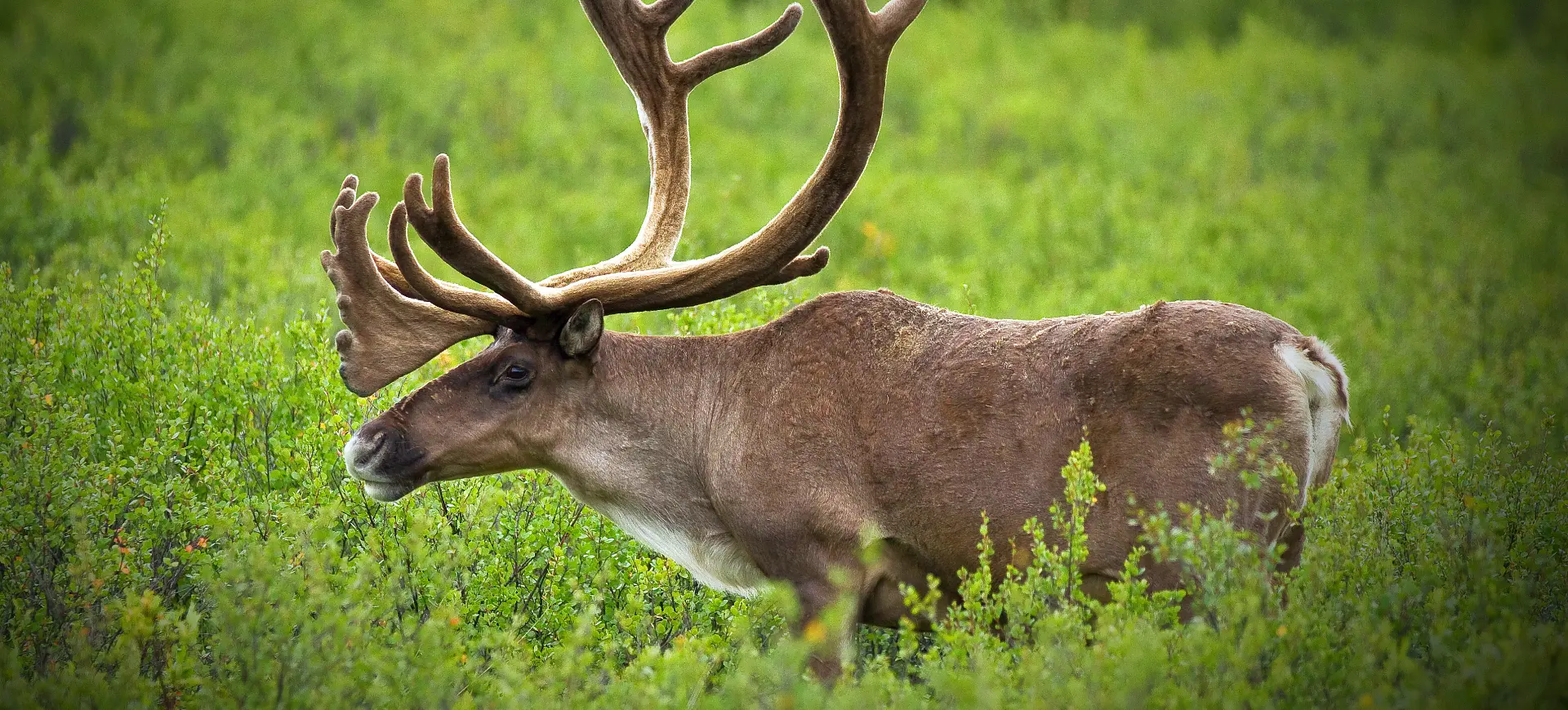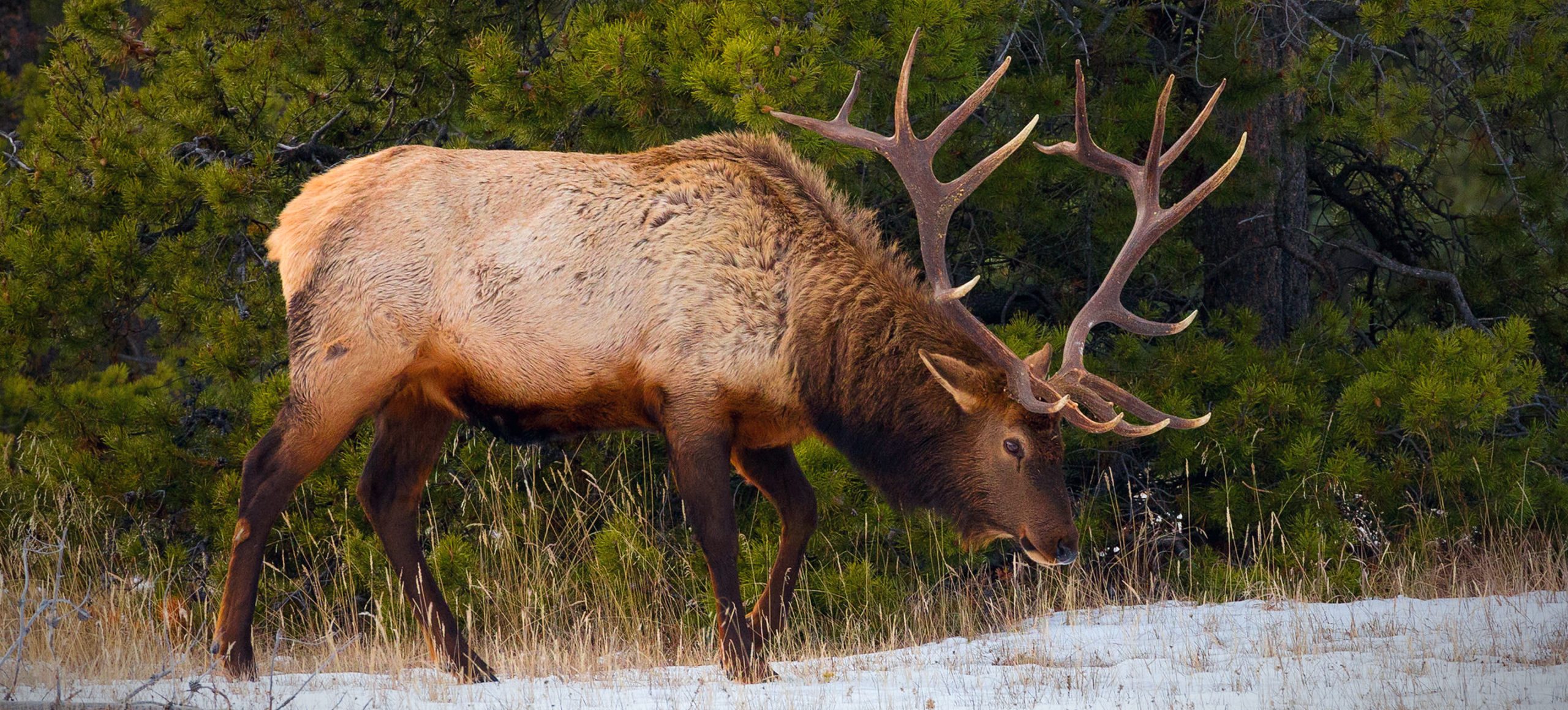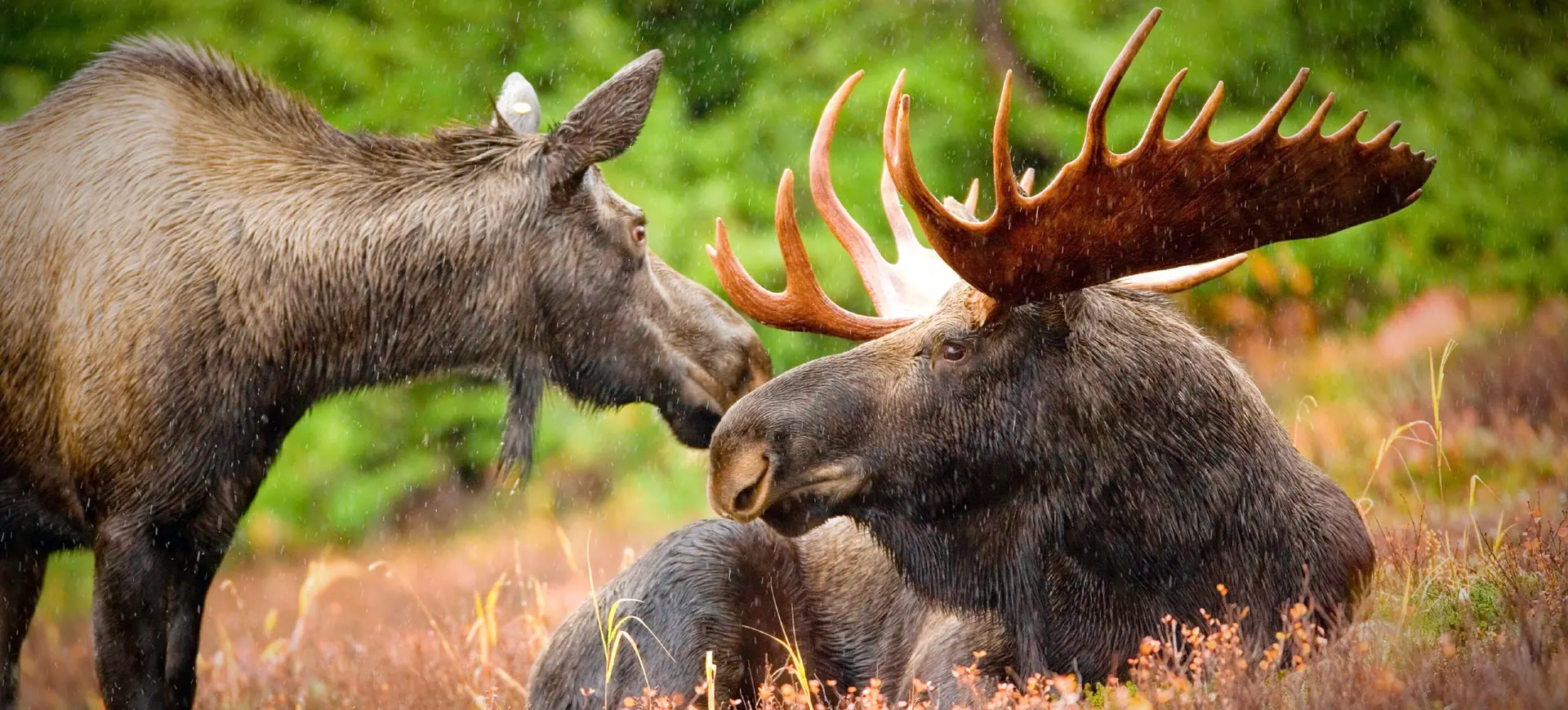Overview
The Rocky Mountain Elk (Cervus canadensis nelsoni) is a subspecies of elk native to North America. This large mammal is characterized by its long legs, short tail, and a distinct set of antlers generally found only in males. Their coat color varies from copper-brown in summer to a lighter gray in winter, making them well-camouflaged in their native habitats.
Rocky Mountain Elk are known for their remarkable adaptability in various environments, from forests to grasslands. They are social creatures, typically forming herds ranging from a few individuals to hundreds. The species plays a significant ecological role as a grazer and a prey animal for predators like wolves and mountain lions.
The elk’s behavior is highly seasonal, governed by a mating season known as the rut, migrations, and the need to forage and store energy for winter. During the rut, males engage in fierce battles for the right to breed with a harem of females. These battles involve vocalizations known as bugling and physical clashes using their antlers.
Taxonomy
Kingdom
Phylum
Class
Order
Family
Genus
Species
Sub Species
Type
Physical Description:
Rocky Mountain Elk are robust animals, with males generally larger than females. Males typically have large, branching antlers, which they shed annually. The coat color varies seasonally, providing camouflage against predators. The animal’s body is strong and well-muscled, built for endurance and speed.
Females are generally smaller and lack antlers. The young, called calves, resemble adults but have a more spotted coat for camouflage. The physical build of the elk enables it to navigate the varied terrains it inhabits, from mountainous regions to open plains.

Lifespan: Wild: ~10 Years || Captivity: ~20 Years

Weight: Male: 710–730 lbs (322–331 kg) || Female: 500–530 lbs (227–240 kg)

Length: Male: 8–9 ft (2.4–2.7 m) || Female: 6.5–7 ft (1.9–2.1 m)

Height: Male: 58–62 inches (147–157 cm) || Female: 52–56 inches (132–142 cm)

Top Speed: 45 mph (72 km/h)
Characteristic:
Native Habitat:
Rocky Mountain Elk are primarily found in the mountainous regions of western North America. They inhabit various ecosystems, including forests, grasslands, and national parks. The elevation of their habitat can vary greatly depending on the season, with migrations to higher elevations in the summer and lower elevations in the winter.
Human activities like deforestation and urban development have impacted their natural habitat. Despite these pressures, they are highly adaptable animals that have learned to navigate both wilderness and semi-urban environments. They are particularly found in the Rocky Mountains, as their name suggests, but also in several other ranges and isolated mountain areas.
Climate Zones:
Biogeographical Realms:
Continents:
Countries:
Diet:
Diet & Feeding Habits:
The diet of the Rocky Mountain Elk consists primarily of grasses, forbs, and woody plants. They graze heavily during the morning and late afternoon, taking advantage of cooler temperatures. During winter, their diet shifts more towards twigs, bark, and other woody elements due to the scarcity of grasses.
Rocky Mountain Elks are ruminants with a four-chambered stomach that enables them to break down complex plant materials. They chew cud, regurgitated, partially digested food to aid digestion. This adaptation allows them to extract maximum nutrients from their plant-based diet.
Mating Behavior:
Mating Description:
The mating season for the Rocky Mountain Elk, known as the rut, occurs in late summer to early autumn. During this time, males emit high-pitched calls or bulges to establish dominance and attract females. They also fight with rival males, locking antlers in a test of strength to win over the right to mate with females.
Females, also known as cows, are attracted to the most dominant males. After mating, the male moves on to other females, attempting to gather a harem for the season. Once impregnated, females will break away from the herd to give birth in a secluded area, returning with their calves when they are strong enough to join the main herd.
Reproduction Season:
Birth Type:
Pregnancy Duration:
Female Name:
Male Name:
Baby Name:
Social Structure Description:
Rocky Mountain Elk are social animals that typically live in herds. These herds are often segregated by sex, with females and their offspring forming one group and males forming another. During the rut or mating season, these herds intermingle, with dominant males trying to gather harems of females for mating.
Outside the rut, males often form bachelor herds that are less hierarchical than female herds. A matriarchal structure is often observed within the female herds, with an older, experienced female leading the group. This social structure plays a crucial role in the survival of individual elk, as it provides collective defense against predators and helps locate food and water.
Groups:
Conservation Status:
Population Trend:
The population of Rocky Mountain Elk is currently stable, thanks in part to conservation efforts and managed hunting. Despite facing challenges such as habitat loss, the species has been relatively successful in adapting to changing environmental conditions. Some localized populations, however, are smaller and more vulnerable due to specific regional pressures like development or disease.
The elk’s adaptability and the work of conservation organizations have resulted in relatively robust population numbers. This adaptability includes changes in foraging behavior, range, and social structure, enabling the Rocky Mountain Elk to survive in various environments. Responsible hunting quotas and habitat management also contribute to their current population stability.
Population Threats:
One of the primary threats facing the Rocky Mountain Elk is habitat loss due to human development and agriculture. As landscapes change and fragment, the elk’s natural ranges can become isolated, making it difficult for them to migrate and find food. Another major threat is from diseases such as chronic wasting disease (CWD) and brucellosis, which can significantly impact herd health.
Overhunting can also threaten certain local populations, although regulated hunting has generally been successful in managing elk numbers. The introduction of predators like wolves, while ecologically beneficial in some respects, has also been cited as affecting some elk populations. These threats are localized and vary depending on the region and specific circumstances affecting individual herds.
Conservation Efforts:
Conservation organizations and government agencies are working to protect and preserve the Rocky Mountain Elk’s habitat. This includes land management practices, such as controlled burns and removing invasive species, which help maintain the ecosystems that elk inhabit. Efforts are also being made to monitor and control diseases like chronic wasting through testing and culling infected individuals.
In addition to habitat preservation, elk populations are managed through hunting quotas set based on rigorous scientific data. The funds generated through hunting licenses and tags are often reinvested into conservation programs, which work to sustain healthy populations and restore elk in areas where they have been extirpated.
Additional Resources:
Fun Facts
- Males are called bulls, while females are called cows.
- The species is known for its impressive antlers, weighing up to 40 pounds.
- They can consume up to 20 pounds of vegetation in a single day.
- Rocky Mountain Elk have a keen sense of smell, which is 20 times greater than a human’s.
- They are excellent swimmers and often cross bodies of water for food.
- During the rut, male elk can be heard bugling, a unique sound that can carry for miles.
- They are one of the largest species of deer in the world.
- Rocky Mountain Elk are highly adaptable and can live in various habitats.
- Their eyesight is not as keen as their sense of smell, but they are very sensitive to movement.
- Elk were once found across much of North America but are now primarily restricted to the western part of the continent.








